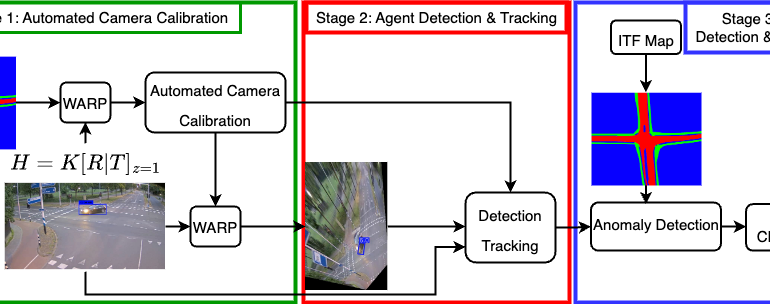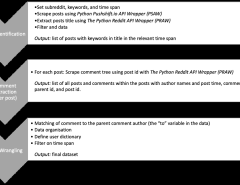Authors: Giacomo D’Amicantonio, Egor Bondarau, Peter H.N. de With
Published on: April 19, 2024
Impact Score: 7.4
Arxiv code: Arxiv:2404.12712
Summary
- What is new: uTRAND introduces a method to shift anomaly detection from pixel space to a semantic-topological domain, facilitating explainability and reducing the need for labeled data.
- Why this is important: Deep learning approaches are not always effective in real-world anomaly detection due to the lack of labeled data and the challenge of explaining predictions.
- What the research proposes: The uTRAND framework detects and tracks traffic agents in videos, translating the intersection into a graph to learn normal behavior and classify anomalies with simple, interpretable rules.
- Results: uTRAND surpasses existing techniques in detecting anomalous trajectories in real-world settings and offers explainable outcomes.
Technical Details
Technological frameworks used: uTRAND
Models used: nan
Data used: Bird’s-eye-view videos from traffic cameras
Potential Impact
Traffic monitoring, urban planning technologies, autonomous vehicle development companies, and surveillance system providers.
Want to implement this idea in a business?
We have generated a startup concept here: TraffIQVision.




Leave a Reply